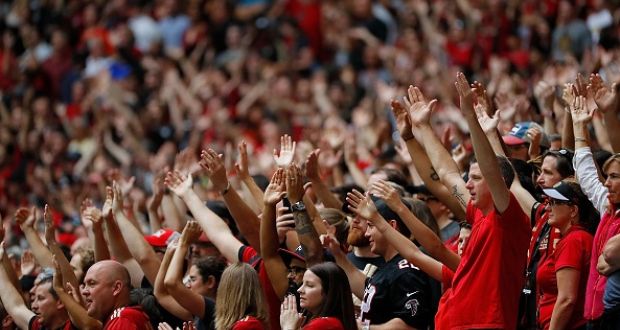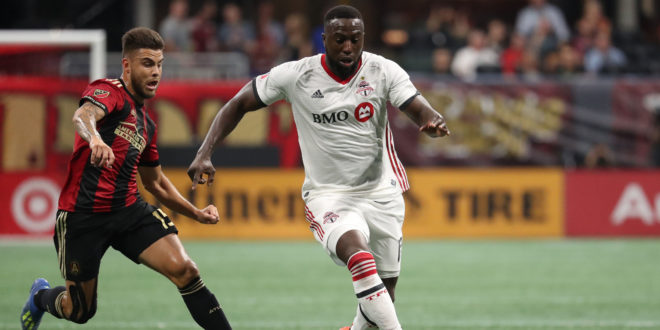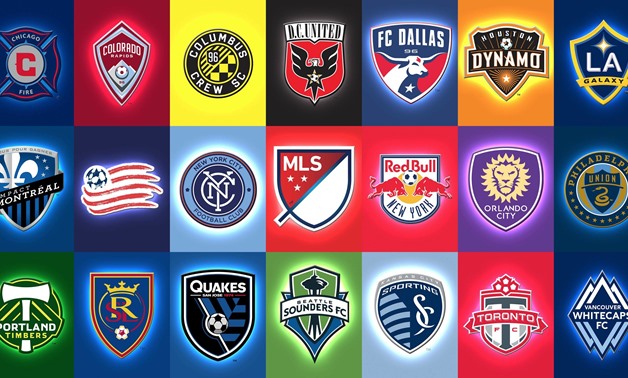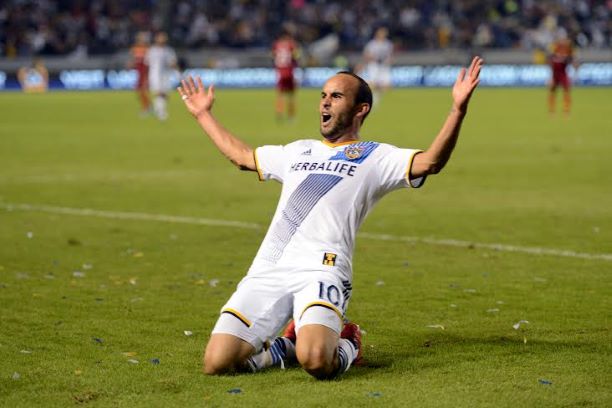Why the US Major League Soccer is on the Rise?
The 24th season of the US Major League Soccer

The 24th season of the US Major League Soccer launched only a few days ago with high expectations. The rise of the most prominent national club competition in North America is evident in recent years, and still, the best is yet to come. What has led to such progress considering a sport which was far from a mass public appeal only two decades ago?
Wait, is it really that popular?
The numbers don’t lie. In 2017, the average MLS attendance peaked at 22,113 per game. Only the NFL and MLB attracted a broader audience. Yep, soccer surpassed NBA attendance stats though it should be noticed that it is not possible to have more than 20 thousand people for a basketball game anyway. Nevertheless, the rise of the soccer popularity is evident, and even if there was a slight decline of the average attendance in 2018 (21,875 people per game), it is by no mean a worrying sign.
The last team that joined the competition contributed to these stats significantly. Atlanta United FC was added to the MLS in 2017, and in the debut season the franchise recorded highest average attendance all over the league – more than 52 thousand people on average showed up for the home games of the Georgia-based team.
Atlanta United FC became the 24th to be included on the highest level of soccer in the United States and Canada. The growth in size serves as another evidence of positive development. And the expansion isn’t about to stop soon. Three more teams will join Major League Soccer in two years – Inter Miami CF and Nashville FC in 2020, and Austin FC in 2021. The prediction that the competition will include 30 teams up to 2030 is a realistic perspective rather than just an example of wishful thinking. Well, there are voices of concern regarding the fast growth (MLS might be “growing too rapidly for its own good,” according to Filip Bondy, to Daily News sports columnist and writer at Forbes). The league started with 10 teams in 1996 and doubled in size less than two decades later.
See the MLS Greatest Teams here: All-Time Best MLS Teams to Play the Game
Another proof of American soccer rise is the increasing interest of sports brands to be advertised and endorsed through that league. A giant like Adidas concluded an agreement for sponsorship with MLS for another six years at a price tag of $700 million. The list of companies putting their names next to the Major League Soccer becomes longer month after month.
How did this happen?
Two decades ago the believers that the Association Football a.k.a. Soccer will place among the sports of national significance in the USA. The country hosted the World Cup back in 1994, and it boosted the public appeal of the game, but the spark ignited slower than expected. Sports pundits were skeptical that this “boring” European game where a goalless draw is quite a common outcome after 90 minutes would win on the hearts and passions of Americans. Getting closer to 2020s it is evident that the game makes it to the top 5 on a national level after football (in Europe, they call it American Football – both sports are entirely different anyway), baseball, basketball, and ice hockey.
But even back in the 1990s there were already large communities interested in soccer. Saying that Hispanic people love the game for ages wouldn’t be incorrect, anyway there were others who fell in love with that type of play where the ball is allowed to be kicked by anyone, but only the keeper can touch it with hands.
European stars attracted the audience
See the MLS All-Time Top Scorers here: Who are the Major League Soccer (MLS) All-Time Top Scorers
Attracting some of the greatest names of Soccer to MLS turned much higher attention to the North American competition. Landin David Beckham to LA in 2007 turned into a real sensation, but the import from overseas didn’t stop there. Becks drew significant attention to the Galaxy franchise and the bold adventure of the former Manchester United and Real Madrid star convinced other stars from Europe to embark on across the Atlantic. Thierry Henry starred with the New York Red Bulls jersey, Brazil favorite Kaka laid the foundation for Orlando City in 2015, while the Spaniard David Villa was the first player ever to sign with New York City FC. The most recent stars of the UEFA Champions League glamor to shine under the MLS spotlights are Zlatan Ibrahimovic (once again with the LA Galaxy kit on), Wayne Rooney at DC United, and Bastian Schweinsteiger with the Chicago Fire. The most famous offseason arrival is probably the former of Manchester United star, Portuguese winger Nani.
Local talents grow stronger
Dozens of European players enjoyed the experience in America and helped to raise the level of the competition substantially. But even Leo Messi and Cristiano Ronaldo wouldn’t probably help that much if it wasn’t for the interest among the local public and local players. Soccer is actually the third most played sport in the country (behind basketball and American football) with more than 25 million people participating in it on some level. Back in 2006, the USA was already leading on a global scale in youth soccer, with 3.9 million American youths (2.3 million boys and 1.6 million girls) registered with U.S. Soccer. You can see the connection – some of them rose to be ready for the professional stage. And now they take even more on the MLS fame. They say that the American kids fell in love with soccer not so much after the 1994 World Cup, but thanks mainly to the FIFA series of video games. It is true, but the most important part is that the youths did not restrict the game only to the Playstation mode.
And the European newcomers are not only those who go for the adventure at the end of their careers. The average age of the MLS recent signings has fallen from about 27 to around 25. The North American competition becomes more attractive to players in their prime. For example, Pity Martinez who shone for the River Plate Copa Libertadores’ triumph in December 2018, joined Atlanta United only a month later turning away several offers from European heavyweights.
The better players are attracted by more money. While MLS is way behind the top European leagues and it even falls short in terms of the average annual salary level to the English second tier (a little over $400 thousand for Championship in 2015 compared to less than $375 for the USA) and even to the Mexican Liga MX. However, a 2018 survey showed the number of millionaires in the league increased to 46 from 28 in 2017. And there are only two players listed at the league minimum salary of $54,500. Major League Soccer starts to pay off for everything that was invested in it.







